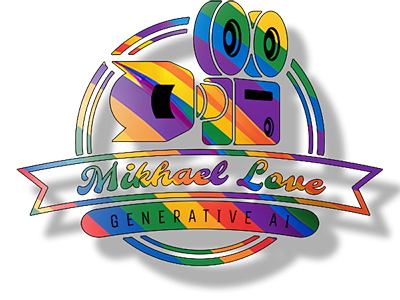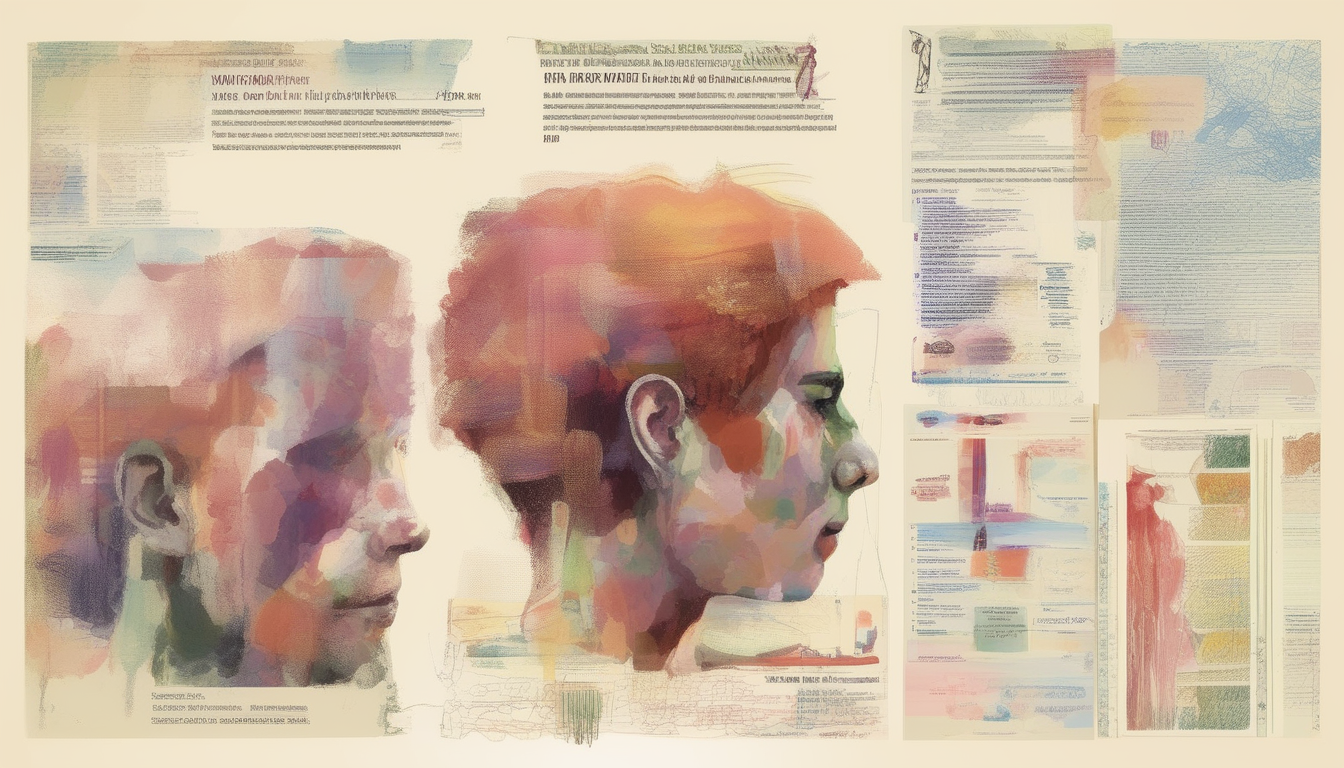As we navigate this evolving landscape, I encourage content creators, technology developers, and policymakers to collaborate and innovate, ensuring that age verification and ethical standards keep pace with technological advancements. To uphold these standards, I utilize go.cam for age verification, securely installed on a dedicated private service for better security, and apply it to all adult-specific content such as images that contain graphic nudity or sexual situations. Together, we can create a digital world that values both creativity and responsibility. Let’s commit to safeguarding our digital future by prioritizing ethical practices and robust age verification in all aspects of content creation and distribution.
Understanding Age Verification Technology: An Overview
In the digital age, protecting minors from inappropriate content is paramount, and age verification technology like Go.Cam plays a critical role. These technologies ensure that users accessing age-restricted content are of legal age. In essence, age verification systems are tools that confirm a user’s age through various methods such as government-issued IDs, credit card checks, or biometric analysis.
The evolution of age verification technology has significantly impacted how content creators and distributors approach the dissemination of artistic sexual content. With privacy concerns at an all-time high, these technologies offer a way to balance safety with confidentiality. By employing sophisticated algorithms and secure data handling practices, age verification tools provide a seamless yet robust barrier to underage access.
Age verification technology is not just about denying access; it is about creating a safe and ethical digital environment. As we delve deeper into its workings and implications, we will see how these technologies are integral to maintaining ethical standards in online content dissemination.
The Necessity of Age Verification in Artistic Sexual Content
Artistic expression often intersects with themes of sexuality and nudity, areas that require careful handling to ensure ethical standards. Age verification technology like Go.Cam ensures that such content remains accessible only to those who are legally permitted to view it. This is crucial not only for legal compliance but also for the ethical responsibility of content creators and distributors.
Without proper age verification measures, there is a significant risk of exposing minors to content that could be harmful or that they are not developmentally prepared to process. This exposure can lead to negative emotional and psychological impacts. Therefore, utilizing age verification technology helps mitigate these risks and ensures responsible distribution of artistic sexual content.
Moreover, the necessity for age verification extends beyond legal obligations. It represents a commitment to ethical practices in the digital age. By prioritizing age verification, stakeholders demonstrate their dedication to protecting vulnerable audiences while respecting the freedom of artistic expression.
How Age Verification Technology like Go.Cam Works
Age verification technology like Go.Cam employs a variety of methods to ensure accurate and secure age confirmation. These methods include document verification, biometric analysis, and the use of artificial intelligence to cross-check user data against reliable databases.
Document verification typically involves users uploading a form of identification that the system checks for authenticity. This could be a passport, driver’s license, or national ID card. The technology uses advanced algorithms to compare the uploaded document with known templates and security features, ensuring that it is genuine.
Biometric analysis is another powerful tool in age verification. This method uses facial recognition or fingerprint scanning to confirm a user’s identity and age. By employing artificial intelligence, systems like Go.Cam can accurately assess whether the individual is who they claim to be and whether they meet the age requirements for accessing specific content.
The Intersection of Artificial Intelligence and Age Verification
Artificial Intelligence (AI) has revolutionized age verification technology, enhancing both its accuracy and efficiency. AI algorithms are capable of analyzing vast amounts of data quickly, identifying patterns, and making decisions that improve the reliability of age verification processes.
AI’s role in age verification goes beyond simple data analysis. It involves machine learning, where systems continuously improve by learning from new data. For example, AI can adapt to recognize new types of identification documents or detect fraudulent attempts by analyzing user behavior patterns. This adaptability makes AI-driven age verification systems like Go.Cam more robust over time.
Moreover, AI’s integration into age verification technology ensures that the process remains user-friendly. By streamlining verification steps and minimizing the need for manual intervention, AI facilitates a seamless user experience, reducing friction and enhancing user compliance with age verification protocols.
Ethical Considerations in Using Age Verification Technology
While age verification technology is essential for ethical content distribution, it comes with its own set of ethical considerations. Privacy is a significant concern, as the process often involves the collection and processing of sensitive user information. Ensuring that this data is handled securely and transparently is paramount to maintaining user trust.
Another ethical consideration is accessibility. Age verification systems must be designed to be inclusive and accessible to all users, regardless of their technological literacy or resources. This means creating systems that are easy to use and understand, without requiring excessive personal data or complicated verification steps.
Finally, ethical considerations involve ensuring the accuracy and fairness of age verification systems. False positives or negatives can lead to unjust access denial or inappropriate content exposure. Therefore, continuous assessment and improvement of these technologies are vital to maintaining ethical standards in digital content distribution.
Generative AI and Its Role in Creating Sexual Content
Generative AI has emerged as a powerful tool in content creation, including the realm of artistic sexual content. This technology can produce high-quality images, videos, and even text, pushing the boundaries of creativity. However, its capabilities also raise ethical questions, particularly concerning consent and authenticity.
Generative AI can create content that appears remarkably real, blurring the lines between genuine and artificial. This poses challenges in ensuring that created content respects the rights and privacy of individuals, particularly if it involves likenesses or scenarios that were not consensually agreed upon. Age verification technology like Go.Cam plays a pivotal role in ensuring that such content is appropriately restricted to adult audiences.
The intersection of generative AI and age verification technology is crucial. As generative AI continues to evolve, age verification systems must adapt to ensure that the distribution of AI-generated sexual content adheres to ethical and legal standards. This involves not only restricting access but also ensuring that the content itself is produced and shared responsibly.
Challenges and Limitations of Current Age Verification Solutions
Despite their importance, current age verification solutions face several challenges and limitations. One significant challenge is maintaining user privacy while ensuring accurate age verification. Striking a balance between data security and user convenience remains a complex issue.
Another limitation is the potential for technological bias. Age verification systems may inadvertently discriminate against certain user groups, such as those without access to specific identification documents or those from regions with less technological infrastructure. Addressing these biases is crucial for creating fair and equitable verification processes.
Additionally, the rapid pace of technological advancement means that age verification systems must constantly evolve to keep up with new threats and challenges. This requires ongoing investment in research and development, as well as collaboration between technology developers, policymakers, and content creators to ensure that age verification solutions remain effective and relevant.
Guidelines for Responsible AI Use in Digital Art
To ensure responsible AI use in digital art, particularly in the creation and distribution of sexual content, several guidelines should be followed:
- Transparency and Consent: Content creators should be transparent about the use of AI in their work, ensuring that all parties involved are aware and have consented to the creation and distribution of the content.
- Ethical Content Creation: AI-generated content should adhere to ethical standards, avoiding the creation of material that could be harmful or exploitative. This includes respecting the likenesses and identities of individuals used in generative processes.
- Robust Age Verification: Implementing strong age verification measures, like those provided by Go.Cam, is essential to restrict access to adult content and protect minors from exposure.
- Continuous Improvement: AI systems should be regularly updated and improved to address new challenges and ensure that they remain aligned with ethical standards.
- Collaboration and Regulation: Stakeholders should work together to establish clear regulations and best practices for the use of AI in digital art, ensuring that the technology is used responsibly and ethically.
By following these guidelines, we can harness the power of AI to enhance creativity while maintaining ethical standards and protecting vulnerable audiences.
The Future of Age Verification and Ethical Standards in Digital Content
Looking ahead, the future of age verification and ethical standards in digital content will likely see further integration of AI and machine learning. These technologies will enable more secure, efficient, and user-friendly verification processes, addressing current limitations and challenges.
As digital content becomes increasingly sophisticated, the demand for robust age verification systems will grow. This will require ongoing innovation and investment in technology development, as well as collaboration between stakeholders to create comprehensive regulatory frameworks.
The future will also see a greater emphasis on ethical standards in digital content creation and distribution. As society becomes more aware of the potential risks and impacts of digital content, there will be increased pressure on creators and distributors to adhere to ethical guidelines and ensure that their work is responsible and respectful.
Conclusion: Balancing Creativity and Responsibility in Artistic Expression
In conclusion, age verification technology like Go.Cam plays a vital role in ensuring ethical standards in the distribution of artistic sexual content. By protecting minors and respecting the rights and privacy of individuals, these technologies help create a safe and responsible digital environment.
As we continue to explore the possibilities of AI and generative content, it is essential that we remain committed to ethical standards and responsible practices. By balancing creativity with responsibility, we can ensure that artistic expression remains a powerful and positive force in the digital age.

